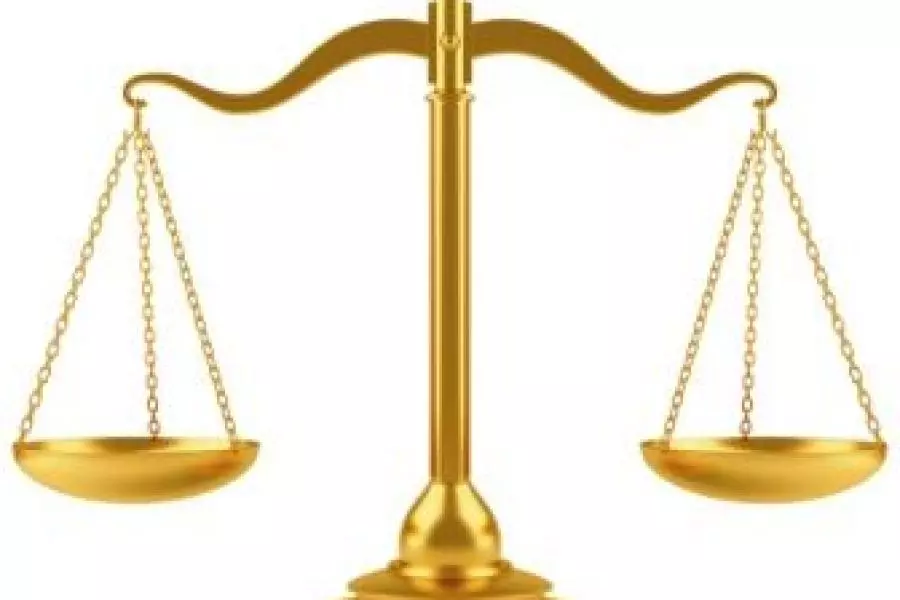News
Evidence needed to support Tribunal claims

Monday 13th of January 2020
Wellington tenant James Nepia went to the Tribunal seeking compensation from his landlord, Oakheart Limited (trading as Quinovic Property Management), for defects to his rental property.
He claimed there were a wide range of problems with his rental. These included a leak and holes in the exterior weather, damp interior wall linings, flaking paint on windowsills, mould issues and poor m...
Want to read the full article?
Click the button below to subscribe and will have unlimited access to full article and all other articles on the site.






![[The Wrap] Bye Bye Bayly](https://goodreturns.publit.io/file/c_fill,w_900,h_600/39f23ac1-f7c7-4854-b700-a150004ebbac.webp)


